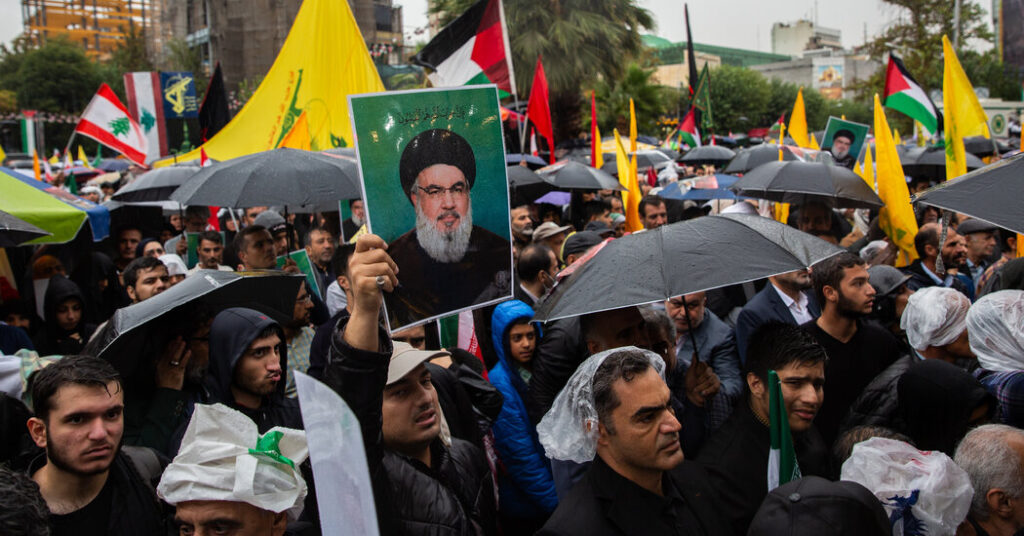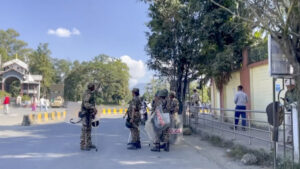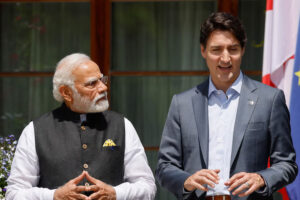Iran’s Leaders Face Division and Vulnerability in Response to Israel

The situation escalated after Israel's airstrikes, which resulted in significant losses for Hezbollah.
In the turbulent Middle East, Iran faces significant challenges after the recent killing of Hezbollah leader Hassan Nasrallah by Israeli airstrikes. For decades, Nasrallah served as a crucial ally to Iran’s Supreme Leader, Ayatollah Ali Khamenei. With Nasrallah’s death, Iran has lost a key figure in its strategy against Israel, leaving Khamenei in a precarious position.
In the past two weeks, Israeli attacks have severely weakened Hezbollah’s operational capacity, targeting its leadership and communication networks. This situation has caused divisions within the Iranian government on how to respond. Conservatives urge for a strong retaliation, while moderates, led by new President Masoud Pezeshkian, advocate for restraint.
Iranian officials, who knew Nasrallah personally, reported that Khamenei is mourning his death but remains calm. In public, Khamenei praised Nasrallah as a vital figure in the Muslim world, stating that Hezbollah would lead any response to Israel, while Iran would support its actions. Analysts view this as a sign that Iran may not be ready for a direct confrontation with Israel.
After Khamenei’s statements, other Iranian officials echoed the cautious tone. General Hossein Salami, commander of the Revolutionary Guards, stated that Hezbollah, Hamas, and other militants would strike Israel in retaliation. Meanwhile, anxiety gripped Tehran as officials debated whether Israel would target Iran next.
Former Iranian Vice President Mohammad Ali Abtahi expressed concern over the loss of Nasrallah, stating that Iran would avoid war but would continue to support militant groups. The atmosphere among officials was one of shock, anger, and anxiety, contrasting sharply with the earlier celebrations following Hamas’s attacks on Israel.
The situation escalated after Israel’s airstrikes, which resulted in significant losses for Hezbollah. Khamenei convened an emergency meeting to discuss the response. Divisions emerged, with conservatives pushing for immediate action against Israel, while moderates warned against falling into a trap set by Israeli Prime Minister Benjamin Netanyahu.
The Iranian leadership’s dilemma is further complicated by domestic challenges, including public discontent and a struggling economy. During a recent speech in New York, President Pezeshkian called for peace and even offered to lay down arms if Israel did the same. This conciliatory stance drew criticism from hardliners, who viewed it as weakness.
Despite Khamenei announcement of five days of mourning, reactions to Nasrallah’s death varied across Iran. Government supporters held public mourning ceremonies, while dissenters celebrated, viewing Nasrallah as an extension of the oppressive regime. They danced in the streets and distributed sweets, indicating a deep divide in public sentiment.
As Iran grapples with these challenges, it plans to support Hezbollah in rebuilding its command structure and operational capacity. This strategy aims to ensure that Hezbollah remains a potent force against Israel, allowing Iran to maintain its influence in the region.






